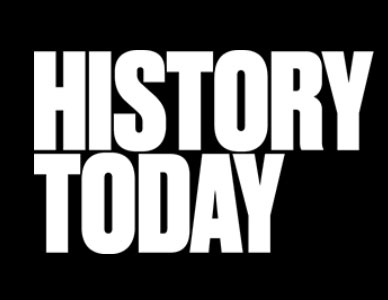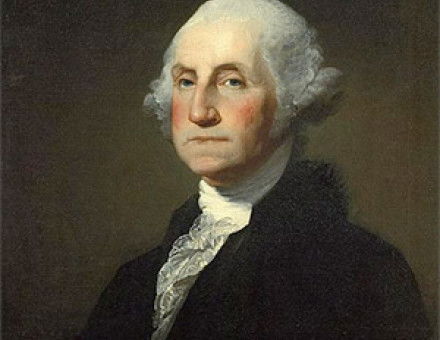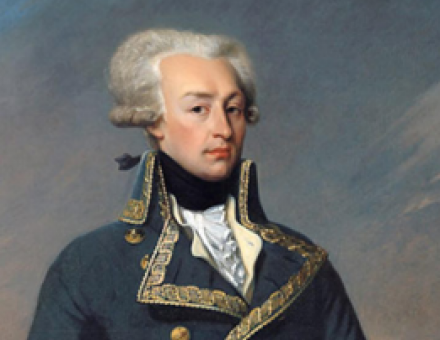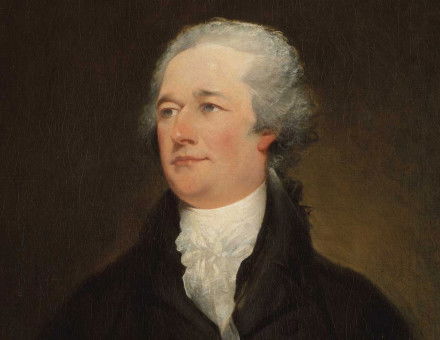American Revolution
Negroes and the American Revolution
In the War of Independence both sides enlisted negroes, often in the civilian services, but also, though less frequently, as soldiers.
George III to the United States Sendeth
On November 11th, 1791, George Hammond, the first British Minister to the United States, presented his credentials to George Washington. Despite favourable auguries, writes Leslie Reade, his was to prove “a stormy and frustrating mission.”
The Miracle of Independence
Arnold Whitridge explains how a group of instinctively conservative, wealthy gentlemen led the American people to an unlikely victory in war and a miraculous nationhood.
The Loyalists and the American Revolution
The exile of the Loyalists, writes Wallace Brown, represented the removal of the crust of increasing aristocratic pretensions that was forming on Colonial society.
Lexington: The End of a Myth
On April 19th, 1775, the fatal clash took place, on the Common of a small Massachusetts town, between British troops and local militia. From this village battle the American War of Independence took its start. John A. Barton queries whether the clash was deliberately organized by “Patriot” leaders in order to provoke an incident, after which there could be no retreat?
Washington: The Man & the Myth
Esmond Wright assesses the gap between the Washington of popular imagination, and established historical fact.
Lafayette: Hero of Two Worlds
Both Lafayette’s career and the legend bound up with it have had important effects on either side of the Atlantic Ocean.
Alexander Hamilton, Founding Father
Gifted, energetic, passionate, unruly, Hamilton was perhaps the most creative figure thrown up by the American Revolution, argues Esmond Wright.






